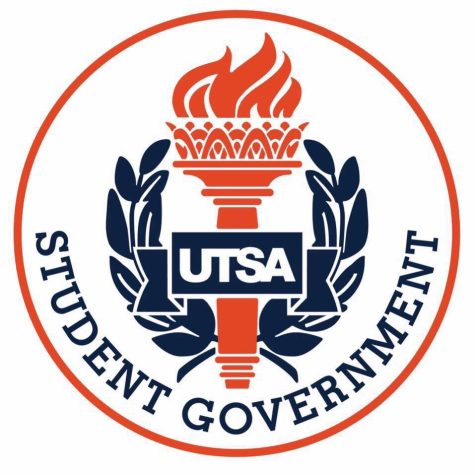Spring Campus Updates
February 12, 2021
UTSA’s ‘Roadrunner Map’, which can be accessed on the university’s official website, lays out the university’s plan of operation for the 2020-2021 academic year. The plan clearly states that most of the classes offered are online to provide students with more “flexibility and accessibility” during the pandemic.
For the 2020-2021 academic year, UTSA has categorized classes into four categories – Fully Online Asynchronous, Fully Online Synchronous, Fully Online Hybrid and Face-to-Face.
All courses categorized as fully online asynchronous and fully online synchronous are being conducted without any on-campus meetings. In contrast, both fully online hybrid and face-to-face courses have asynchronous on-campus components to them.
Courses listed as face-to-face include advanced level “dissertations, thesis, research, and independent study courses”. These courses are structured to be conducted on campus at predetermined class times; however, they are required to have an asynchronous online option, which the university refers to as a “hyflex,” allowing for students to choose the format they prefer.
In comparison, fully online hybrid classes have the ability to include a mandatory on-campus component that counts towards students’ grades. It is notable that entry-level classes, like the Biosciences II Lab, are also offered in this format, with students being required to attend and participate in on-campus lab activities.
Regardless of their format, all classes that require on-campus participation are being conducted in compliance with UTSA’s Public Health Task Force Report, which details the University’s health requirements and guidelines for students and faculty.
Students are required to wear a face-covering at all times when indoors, while faculty may opt to wear face shields in order to aid in teaching activities. Fully online hybrid lab classes have been split up into two or more groups with rotating lab schedules, while face-to-face classes have a limit of 40 students. This measure ensures that class sizes aren’t too large, facilitating a safer learning environment.
For on-campus activities, the John Peace Library’s first floor is open, but the ascending floors remain closed to students. In addition, there is a monitor at the entrance that tracks the library’s capacity. No food is allowed in the JPL to ensure masks remain on at all times. On the lower floor, the Chick Fil A, Subway, Starbucks, and Sushi Bar remains open for student use.
The Student Union and Bookstore are both open. Tables are sanitized frequently by staff, and several study rooms remain open for use.
The Campus Rec Center is open but closes for staff to do in-depth cleansing throughout the day. The basketball courts now have cardio equipment and various weight machines to ensure proper distancing. At each juncture, the staff remains vigilant for those exercising without a mask.
Through the implementation of appropriate healthcare guidelines, the University continues to offer some in-person courses in varying formats, allowing UTSA students enrolled in these courses to attend and participate in on-campus classes.











